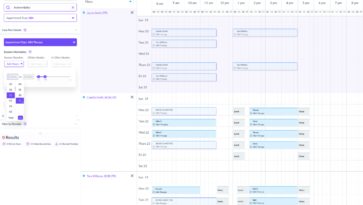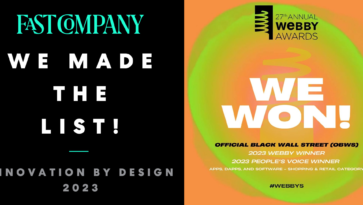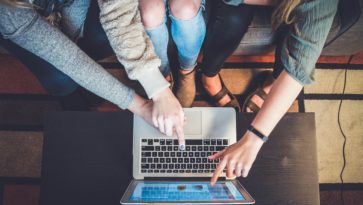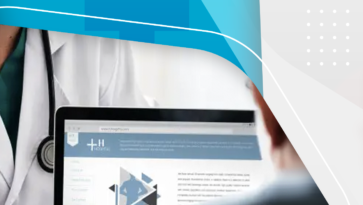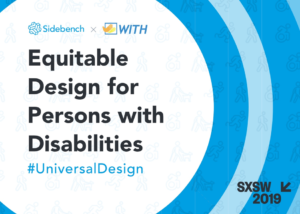
We are officially in the last days of our countdown to our SXSW session “Equitable Design for Persons with Disabilities”. We take the stage on Monday, March 11th with the WITH Foundation, and we’re very excited to share our recent research and findings.
When we first partnered with the WITH Foundation — a nonprofit funder committed to promoting comprehensive healthcare for adults with developmental disabilities — we joined forces on a mission to encourage a global attitude shift within the tech community. While we had big goals, we never anticipated that only a year after our first workshop would we get the opportunity to lead a session at SXSW, the world’s largest gathering of creative professionals.
This will be our third workshop with the WITH Foundation, and while each has been a little bit different, at the core we are aiming to address a problem common in product design: designing for the average. Designing for a “typical” target user is common, however, designing for the average excludes a significant portion of the population from conversations during the design and prototyping stages. Nearly 1 billion people worldwide and 18.7% of the American population live with at least one disability. Frequently, these individuals are left out of the user testing and research processes that precede product design and development. While previous workshops have brought technology designers, developers, and people with disabilities (PwD) together, this workshop will focus on educating participants on the best practices for designing accessible products while equipping them with the skills needed to implement Universal Design practices into their own company.
Using interactive exercises, the session will focus on creating empathy towards the needs of people with disabilities in order to facilitate a greater conversation around what it means to design inclusively. We will be covering everything from the business case of Universal Design, to how to convince decision makers in your organization to apply inclusive design best practices. For now, here are a couple of concepts we will be covering.
The Social Model of Disability: Focusing on the perspective that “Stairs make the building inaccessible, not the wheel chair” we will explore how culture turns human traits into disabilities and explain the role society has had in the creation of accessibility barriers.
Persona Spectrums: This quick tool helps to foster empathy and to show how a solution can scale to a broader audience. Holding a child or groceries in one arm can make opening your front door exponentially more difficult to do – in that moment you are experiencing a situational disability.
Universal Benefits: Designing with accessibility in mind creates products that are better for everyone. Can’t think of any examples? Try electric can openers, curb cuts on the sidewalk, and captions on TV. There are countless examples of products that were designed for PwDs and benefit everyone. Our session will explain how universal design results in universal benefit.
Can’t make it to our Session? Sign up here to receive our “Equitable Design for Persons with Disabilities” materials including our workshop deck and our lean accessibility playbook: a handy resource for each member of your agile team.

